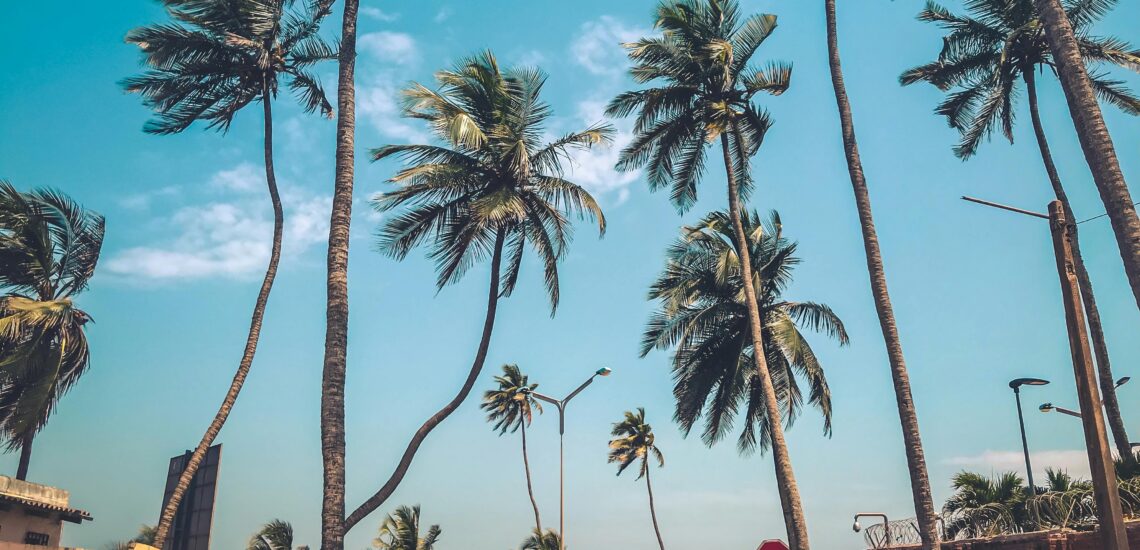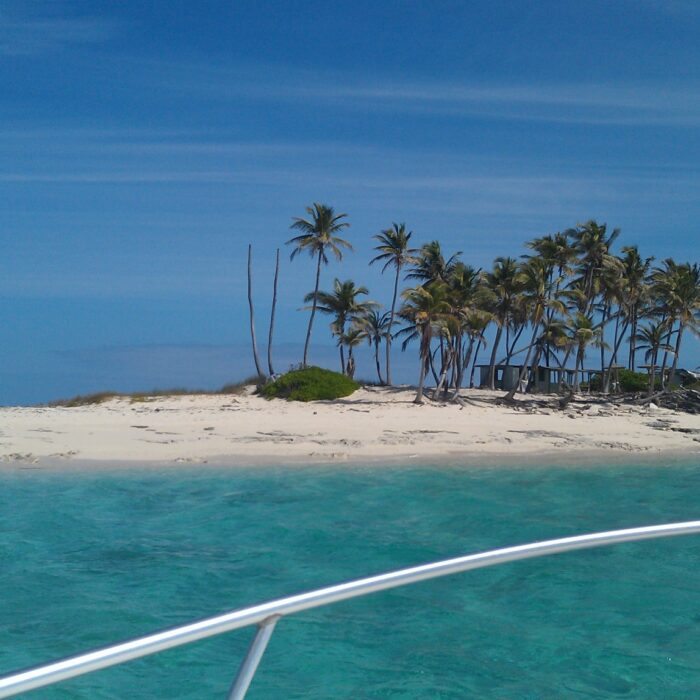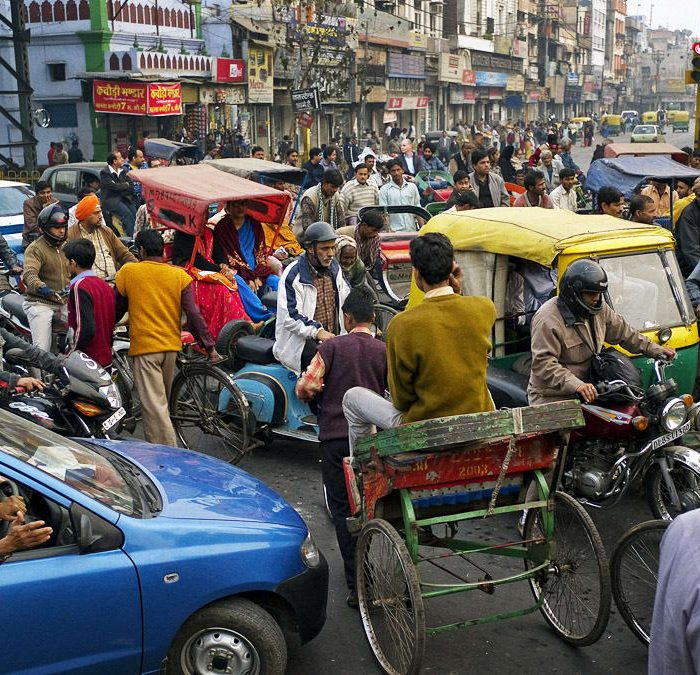多哥概况:
- 人口:约 950 万人。
- 首都:洛美。
- 官方语言:法语。
- 其他语言:埃维语、卡比耶语和几种土著语言。
- 货币:西非金融共同体法郎 (XOF)。
- 政府:单一制总统共和国。
- 主要宗教:基督教,有大量穆斯林和土著信仰社区。
- 地理:位于西非,西与加纳接壤,东与贝宁接壤,北与布基纳法索接壤,南与几内亚湾接壤。多哥的地貌包括沿海平原、起伏的大草原和北部的山区。
事实 1:过去,多哥海岸是奴隶贸易的主要中心
现在的多哥海岸是跨大西洋奴隶贸易的重要中心,特别是在 17 和 18 世纪。该地区以及现在的贝宁和加纳的邻近地区是欧洲商人所称的“奴隶海岸”的一部分,因为该地区有大量非洲奴隶被掳走。
欧洲商人,尤其是葡萄牙人、荷兰人,以及后来的法国人和英国人,在多哥海岸建立了贸易站和堡垒。这些贸易站是从当地中间人手中购买奴隶的地点,而中间人通常会从内陆抓获奴隶。俘虏从这些沿海中心被运送到美洲,条件十分恶劣。
虽然多哥在奴隶贸易中的作用不如邻国贝宁或加纳那么大,但沿海地区仍然深受奴隶需求的影响,这一时期的遗产仍然是该地区历史意识的一部分。
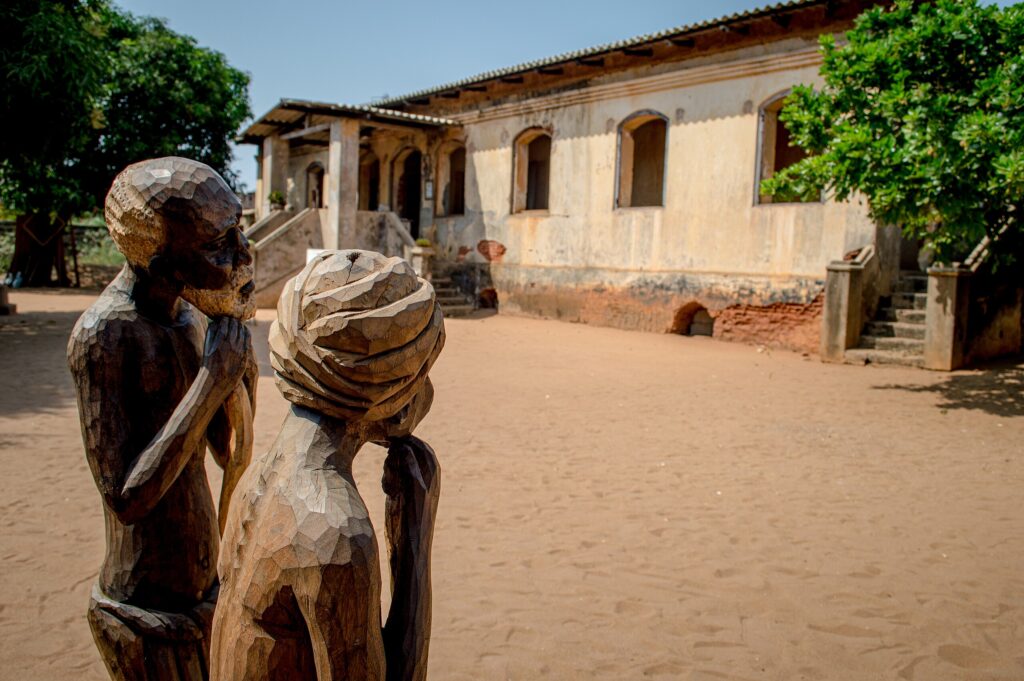
事实 2:在殖民时期,多哥领土属于多个欧洲国家
最初,德国于 1884 年在该地区建立了保护国,使其成为德属多哥兰的一部分。德国将多哥发展为其最赚钱的非洲殖民地之一,投资基础设施、铁路和种植园,主要种植可可、咖啡和棉花等作物以供出口。
德国在第一次世界大战中战败后,其殖民地在同盟国之间重新分配。1919 年,在国际联盟托管制度下,德属多哥兰被英国和法国瓜分。英国管理该领土的西部,后来并入现在的加纳。法国控制了东部,最终成为现在的多哥共和国。
法属多哥兰在二战后一直处于法国的管理之下,作为联合国托管领土,直到 1960 年获得独立。
事实 3:多哥有一处受联合国教科文组织保护的遗址
多哥有一处联合国教科文组织世界遗产:库塔马库,即巴塔马里巴人的土地,于 2004 年被列入世界遗产名录。该遗址位于多哥北部,靠近贝宁边境,占地面积约 50,000 公顷。库塔马库以其独特的泥塔屋而闻名,称为 Takienta,是巴塔马里巴人的传统住所。这些建筑是巴塔马里巴文化和建筑的象征,以其独特的形状和使用天然材料的建造技术为特色。
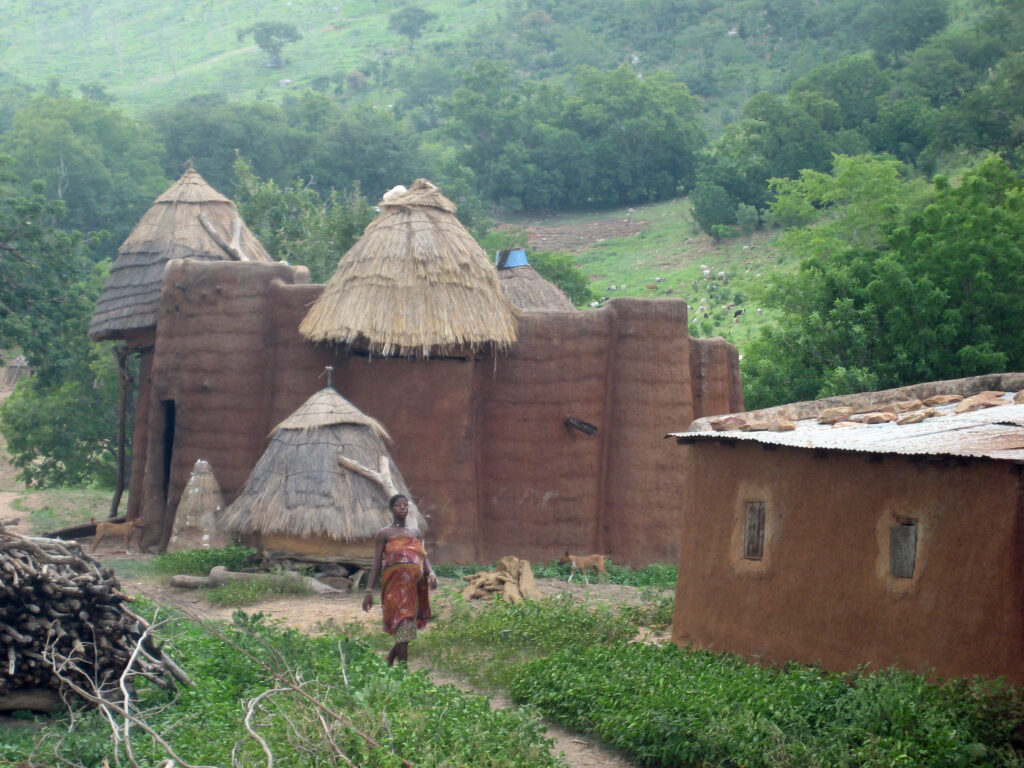
事实 4:在多哥,有一个庆祝年轻人成年的节日
在多哥,有一个被称为埃瓦拉 (Evala) 的节日,这是多哥主要民族之一卡比耶 (Kabye) 青年男子的年度成年仪式。该节日在多哥北部的卡拉地区举行,是一场传统的摔跤比赛,象征着从青春期到成年的过渡。埃瓦拉 (Evala) 通常持续约一周,于 7 月举行。
节日期间,青年男子参加摔跤比赛,以展示他们的力量、勇气和耐力。该活动深深植根于卡比耶文化,摔跤被视为成年的身体和精神准备。仪式还包括禁食、体育锻炼和各种传统仪式,以加强新人的品格和精神。
事实 5:多哥首都被认为是西非最美丽的城市之一
洛美位于几内亚湾沿岸,拥有迷人的棕榈树海滩、熙熙攘攘的露天市场以及殖民时期和现代建筑的融合,反映了其作为前德国和法国殖民地的历史。
洛美的主要景点之一是 Grand Marché(大市场),这是一个充满活力和丰富多彩的市场,游客可以在这里找到从传统工艺品到新鲜农产品的各种商品。这座城市还以独立纪念碑、国家博物馆和 Akodésséwa 拜物市场而闻名,那里出售与传统伏都教习俗相关的物品,吸引了游客和对西非精神文化感兴趣的人的兴趣。
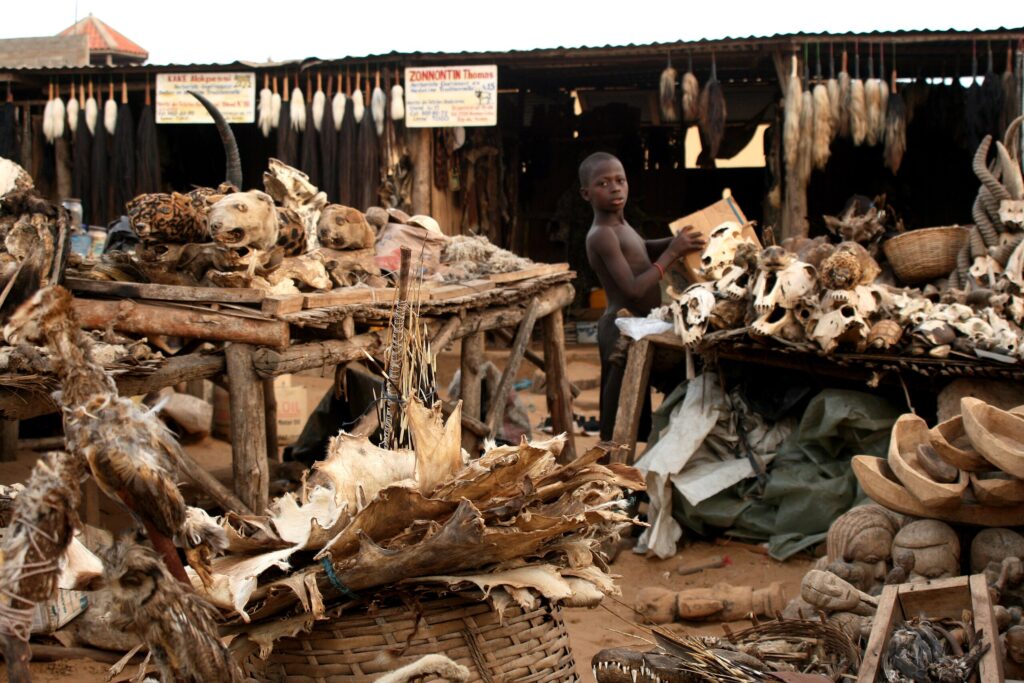
事实 6:伏都教在多哥仍然是一种流行的信仰
伏都教(或伏都教)在多哥仍然是一个广泛实践且具有重要文化意义的信仰体系,尤其是在该国南部地区。伏都教起源于西非,多哥和贝宁、加纳等邻国是其历史中心。虽然许多多哥人也信奉基督教或伊斯兰教,但伏都教经常与这些宗教一起实践,以独特的融合方式将传统信仰与其他信仰融合在一起。
伏都教涉及对各种神灵和灵魂的崇拜,据信它们掌管着自然力量和日常生活的各个方面。仪式通常包括音乐、击鼓、舞蹈和向灵魂献祭,牧师和女祭司充当精神和尘世之间的中介。特定的神物和圣物在伏都教实践中也很常见,据信它们具有保护或治疗的力量。
事实 7:足球是多哥最受欢迎的运动
足球(或称 football,在美国以外被称为 football)是多哥最受欢迎的运动。它在该国文化中占有重要地位,在业余和专业水平上都受到广泛关注和参与。多哥国家队,即“雀鹰队”,曾代表该国参加过各种国际比赛,包括非洲国家杯和 FIFA 世界杯。
足球在多哥的受欢迎程度可以归因于几个因素,包括这项运动的普及程度以及聚集在一起观看当地比赛并支持自己球队的球迷的热情。该国培养了在当地和国际上都获得认可的著名球员,为这项运动的受欢迎程度做出了贡献。埃马纽埃尔·阿德巴约 (Emmanuel Adebayor) 等曾效力于多家欧洲顶级俱乐部的球员已成为多哥足球的偶像。
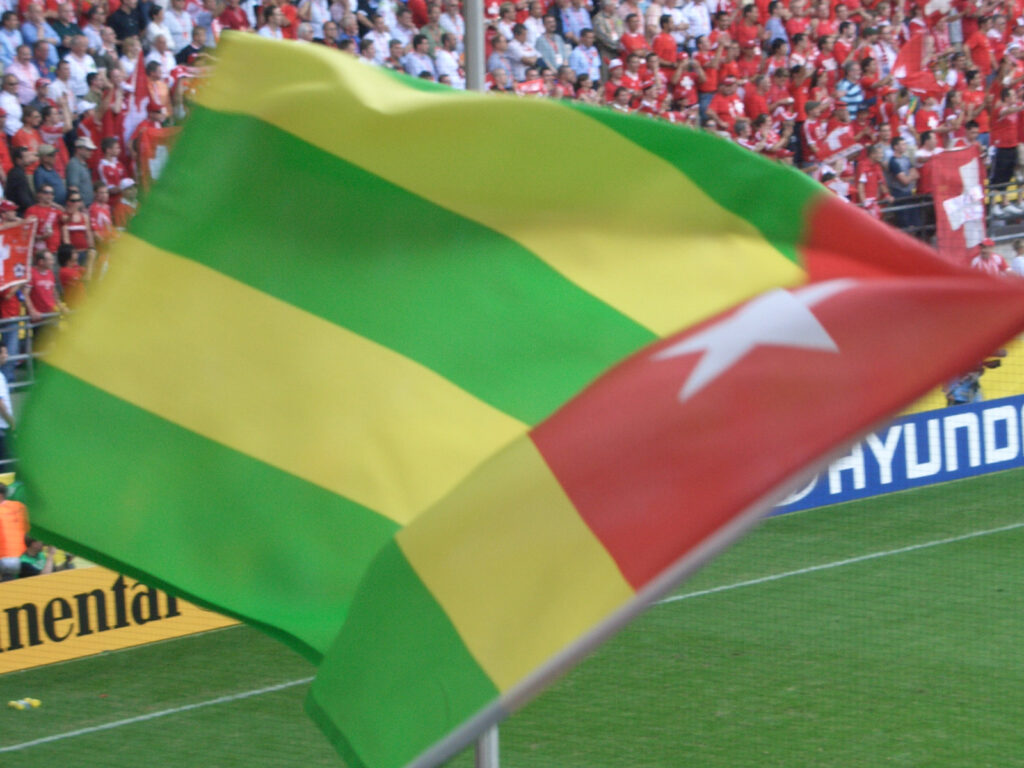
事实 8:多哥有石化棕榈树
多哥有石化棕榈树,特别是位于该国北部卡拉镇附近的多哥石化森林。该遗址以其独特的地质特征而闻名,古老的棕榈树和其他植被经历了数百万年的石化过程,变成了化石遗骸。
石化树对地质学家、古生物学家和游客来说是一个重要的吸引力,因为它们提供了该地区史前环境和现代景观形成之前存在的植物群的见解。该遗址通常被认为是一个自然博物馆,展示了地球的历史和导致这些化石形成的过程。
参观石化森林提供了一个探索多哥自然遗产和了解该地区地质历史的机会,使其成为对自然和科学感兴趣的人的有趣目的地。
如果您正在计划旅行,请检查您是否需要国际驾驶许可证才能在多哥驾驶。
事实 9:多哥拥有大量磷酸盐矿,磷酸盐矿是其主要出口产品之一
多哥以其大量磷酸盐矿而闻名,磷酸盐矿是该国经济的重要组成部分,也是其主要出口产品之一。磷酸盐岩主要用于生产肥料,使多哥成为全球农业市场的重要参与者。
该国拥有大量磷酸盐储量,估计约为 1.3 亿吨。Kombaté 矿和 Hahotoé 矿是多哥两个著名的磷酸盐来源。磷酸盐的开采和出口为多哥的经济做出了重大贡献,为政府提供了就业机会和收入。
近年来,多哥一直致力于增加磷酸盐产量,并改善这些资源的加工,以在出口前增加价值。
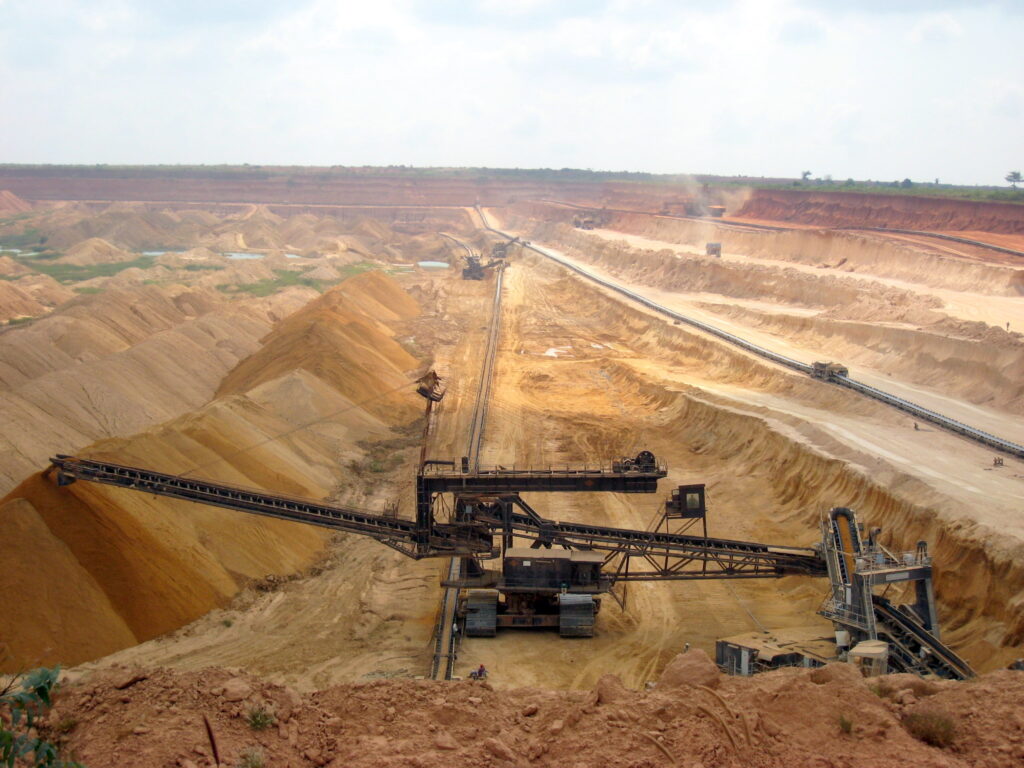
事实 10:多哥拥有数个国家公园,展现了多样化的景观和野生动物
该国的地理多样性包括沿海地区、大草原、丘陵和森林,这些都为其丰富的生物多样性做出了贡献。以下是多哥一些著名的国家公园:
- 凯兰国家公园:凯兰国家公园位于北部地区,以其多样化的景观而闻名,包括大草原、森林和河流。公园里有各种野生动物,包括大象、各种羚羊和众多鸟类。它还拥有风景秀丽的瀑布,是生态旅游的热门目的地。
- 法扎奥-马尔法卡萨国家公园:这个公园位于多哥中部,是该国最大的保护区之一。它拥有茂密的森林和山地地形。该公园以其丰富的动物群而闻名,包括猴子、羚羊和各种鸟类。公园风景秀丽,加上其生态意义,使其成为一个重要的保护区。
- 阿戈埃-尼维国家公园:位于沿海城市洛美附近,该公园包含各种生态系统,包括湿地和沿海地区。它对鸟类保护至关重要,是多种候鸟和留鸟的家园,是观鸟的热门地点。

出版 十一月 03, 2024 • 3m

